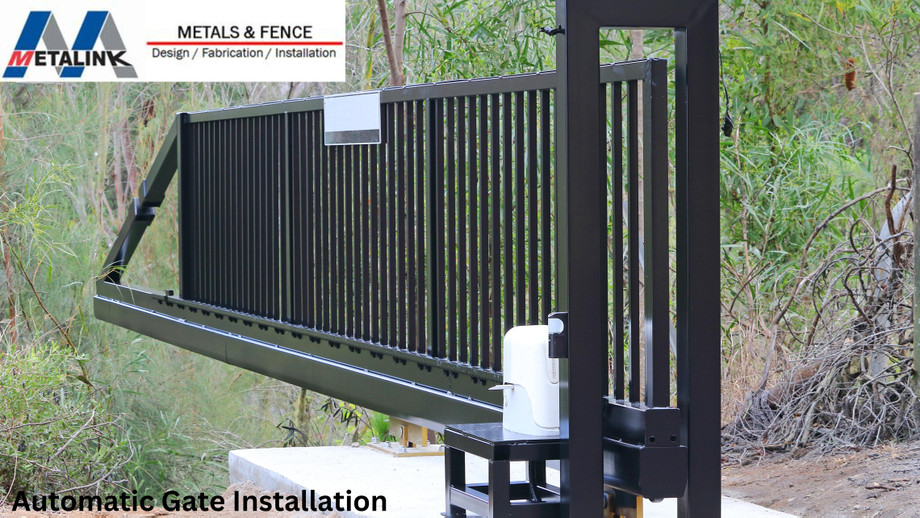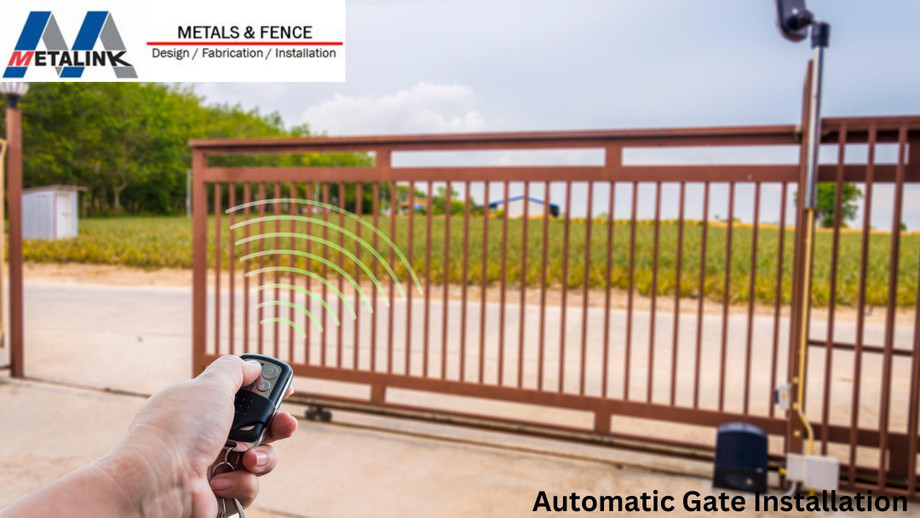An Extensive Manual for Programmed Door Establishment
Automatic gates are a fantastic addition to any property, offering convenience, security, and a touch of modern sophistication. Whether you're a homeowner looking to enhance your property’s curb appeal and security or a business aiming to control access more efficiently, automatic gates provide numerous benefits. This guide will walk you through everything you need to know about automatic gate installation.
Benefits of Automatic Gates
Enhanced Security: Automatic gates serve as a formidable barrier against unauthorized access. They can be integrated with various security systems, such as cameras and intercoms, to further bolster your property's defenses.
Convenience: With automatic gates, you can enter and exit your property without leaving your vehicle, which is particularly advantageous during inclement weather or late at night.
Increased Property Value: An automatic gate can boost your property's market value by enhancing its aesthetic appeal and security features.
Privacy: These gates provide a clear boundary that keeps unwanted visitors at bay, offering you and your family greater privacy.
Safety: Automatic gates can help keep children and pets within the confines of your property, preventing them from wandering into dangerous areas.
Types of Automatic Gates
Sliding Gates: These gates slide horizontally along a track and are ideal for properties with limited driveway space. They are long-lasting and able to withstand heavy use.
Swing Entryways: Open entryways up internal or outward like an entryway. They are aesthetically pleasing and are best suited for properties with ample space to accommodate the gate's swing.
Bi-Folding Gates: These gates fold into sections, making them a great option for properties with limited space. They offer quick opening and closing times.
Vertical Pivot Gates: These gates lift vertically, making them suitable for properties with space constraints and steep driveways.
Telescopic Gates: Telescopic gates consist of multiple panels that slide past each other, ideal for properties with limited lateral space but sufficient depth.
Steps to Automatic Gate Installation
Planning and Permits: Start by determining your needs and budget. Really look at neighborhood guidelines and get any essential grants. Some areas have specific codes for gate installation, especially if the gate interfaces with a public road.
Choosing the Right Gate: Select a gate type that fits your property’s layout and your aesthetic preferences. Consider factors such as material (steel, aluminum, wood, etc.), size, and automation technology.
Site Preparation: Clear the installation area of any obstacles. Ensure the ground is level and stable. If installing a sliding gate, make sure there’s enough lateral space. For swing gates, ensure there’s sufficient room for the gate to open fully.
Foundation and Posts: Install sturdy posts that will support the gate. For sliding gates, lay a concrete foundation for the track. For swing gates, ensure the posts are deep and secure enough to handle the gate’s weight and movement.
Gate Installation: Attach the gate to the posts or track. This step may require professional help to ensure the gate is level and operates smoothly. For swing gates, check that the hinges are robust and well-aligned.
Automation System: Install the motor and control systems according to the manufacturer’s instructions. This includes mounting the motor, running electrical wiring, and setting up control mechanisms such as remote controls, keypads, or smartphone connectivity.
Safety Features: Integrate safety features like sensors and automatic stops to prevent the gate from closing on vehicles, people, or pets. Consider adding a manual release mechanism for emergencies.
Testing and Adjustments: Thoroughly test the gate to ensure it operates smoothly and safely. Make necessary adjustments to the alignment, speed, and sensitivity of the sensors. Regular maintenance checks are essential to keep the gate functioning optimally.
Cost Considerations
The cost of installing an automatic gate can vary widely based on several factors:
Gate Material and Design: Custom designs and premium materials like wrought iron or hardwood can significantly increase costs.
Automation Technology: High-end motors, advanced control systems, and integration with home automation systems add to the expense.
Installation Complexity: Difficult terrain, additional features like intercoms or security cameras, and the need for extensive groundwork can drive up installation costs.
Conclusion
Installing an automatic gate is a valuable investment that enhances your property's security, convenience, and aesthetic appeal. By understanding the different types of gates, planning the installation carefully, and considering all associated costs, you can ensure a smooth and successful installation process. Whether for residential or commercial purposes, an automatic gate provides a perfect blend of functionality and elegance.


.jpg)

Comments
Post a Comment